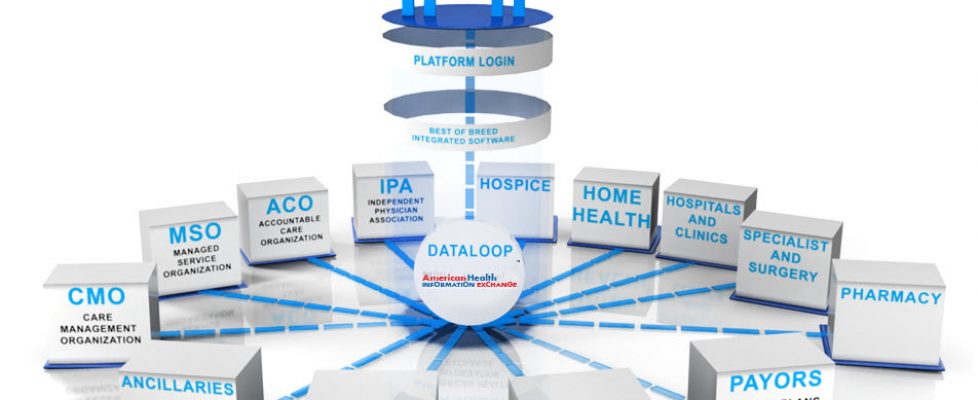When developing Accountable Care Organizations, the federal government understood the need to reduce Medicare costs, which is why it’s vital to adopt remote monitoring and physician telehealth services.
CMS encourages ACO participants, radiology facilities, group of hospitals, specialty providers to take advantage of the shared cost associated with remote monitoring technology as per federal guidelines of the Medicare Shared Savings Program (MSSP) to enhance care coordination.
By Vera Gruessner on November 05, 2015
What type of healthcare delivery models benefit most from remote monitoring tools and physician telehealth services? C. Frederick Geilfuss II, Healthcare Lawyer and Partner at Foley & Lardner LLP, wrote for The National Law Review how physician telehealth services and remote monitoring technology can be advantageous for Accountable Care Organizations.
Specifically, the group of hospitals, radiology facilities, specialty providers, and other ACO participants could split the costs associated with using remote patient monitoring and telemedicine technology, as specified in the federal guidelines of the Medicare Shared Savings Program.
When developing Accountable Care Organizations and other healthcare delivery models, the federal government understood the need to reduce Medicare costs, which is why it’s vital to adopt remote monitoring and physician telehealth services as a way to cut overall medical spending.
The Accountable Care Organization (ACO) was developed in order to improve communication channels between multiple providers and specialists treating the same patients, create a team-based healthcare environment, and enhance care coordination throughout the medical care continuum.
As such, telehealth technology is a clear way toward strengthening care coordination among medical providers, according to mHealthIntelligence.com. In fact, the Centers for Medicare & Medicaid Services (CMS) wrote in the Medicare Shared Savings Program (MSSP) regulatory guidance that ACOs are capable of “coordinating care, such as through the use of telehealth, remote patient monitoring, and other enabling technologies.”
ACOs were initially developed under the Shared Savings Program platform in order to reduce unnecessary and redundant healthcare services as well as cut skyrocketing costs from Medicare. Physician telehealth services and remote monitoring tools among ACOs are also protected under the MSSP fraud and abuse waivers, Geilfuss wrote.
While Accountable Care Organizations did reduce Medicare spending by $600 million in 2014, only 27 percent actually received financial incentives from the Shared Savings Program. This means that more than 70 percent of ACOs did not meet the quality and cost savings measures set by CMS.
In order for more ACOs to receive these incentives, changing general infrastructure and work processes may not be enough. With the implementation of remote monitoring technology and telehealth capabilities, ACOs may be able to reach the cost savings standards set forth by the federal agency.
The Partner at Foley & Lardner also mentioned how the low rates of ACOs meeting the CMS standards for cost savings may have to do with the small number of Accountable Care Organizations actually using telemedicine. A study released recently found that only 20 percent of ACOs are currently utilizing telehealth systems in their practice.
“Telemedicine had a relatively low rate of use at 23 percent of responding organizations,” Alex Kontur, Manager of Research and Projects at eHealth Initiative, mentioned the limited use of telemedicine among ACOs during a webinar. “We’re also seeing extensive work on the part of ACOs to get their patients engaged in care and really drive patient-centricity that ACOs are supposed to be all about.”
Through the fraud and abuse waivers, CMS is offering ACOs a new solution to reducing healthcare costs – telehealth implementation. Additionally, CMS is moving further toward adopting new healthcare payment models with a focus on value-based care instead of fee-for-service.
“Increasing the quality of ACO performance by increasing quality will only become more important as CMS expands its Medicare alternative payment models,” C. Frederick Geilfuss II wrote in The National Law Review.
“CMS intends for 30 percent of Medicare payments to be made in alternative payment models by the end of 2016. That number increases to 50 percent by the end of 2018. Additionally, CMS seeks to have 85 percent of Medicare fee-for-service payments in certain value-based purchasing categories by 2016 and up to 90 percent by 2018.”

